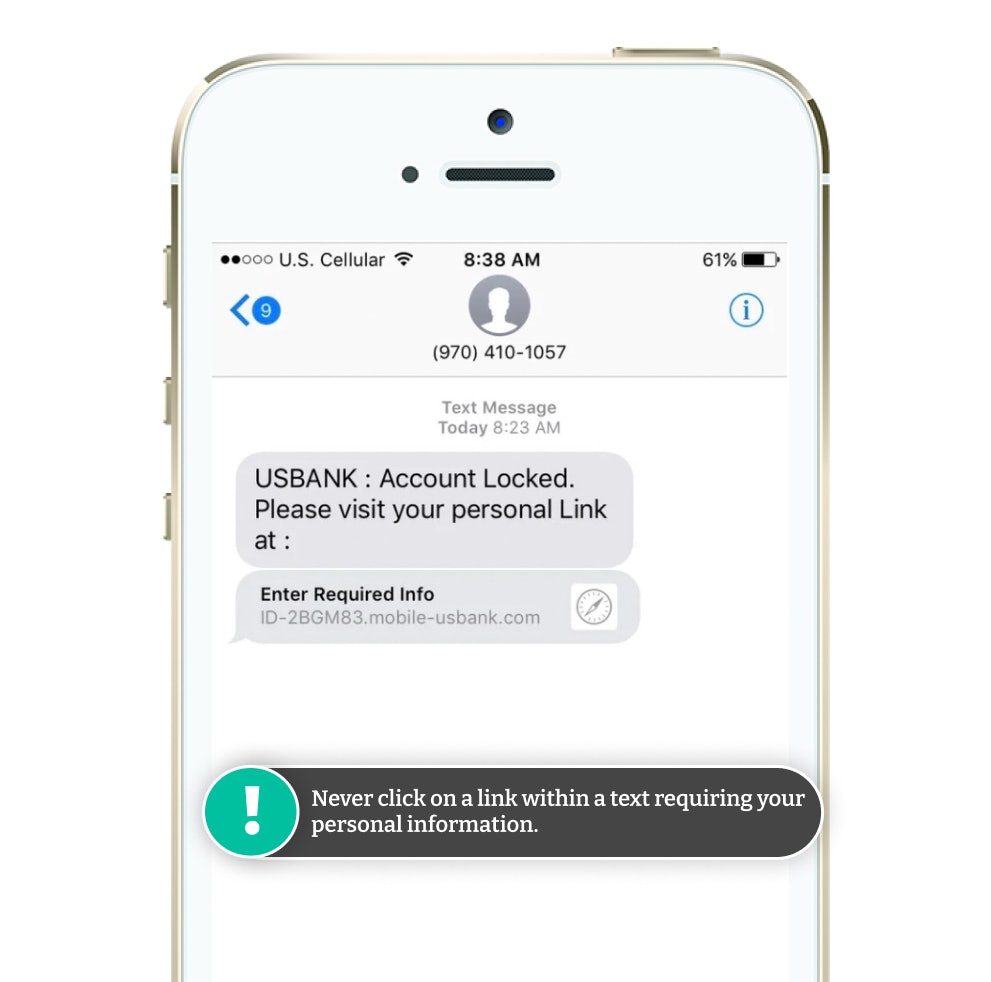Alert scam : us6896901185421 , us ,6896 , 9011 , 85421 , us6896901185421 scam Alret ,
Introduction
US6896901185421 : scam attempts have evolved alongside technology. One such scam text that has recently surfaced is the US6896901185421 alert scam text. This text message,
like many others, aims to deceive individuals and steal their personal information or money.we will delve into the intricacies of this scam, uncover its motives, and explore ways to protect yourself from falling victim to such fraudulent activities.
Read more : https://spikysnail.com/2023/09/27/07868802242-who-called-me-in-uk-07868-area-code/
The Anatomy of the US6896901185421 Alert Scam Text
Before we dive deeper into this scam, let’s examine the key components of the US6896901185421 alert scam text:
- The Sender: The sender often appears as a legitimate organization or institution, such as a bank, government agency, or well-known company. However, it is important to note that scammers can easily impersonate these entities.
- The Message: The message typically contains alarming information, such as a security breach, suspicious activity, or a financial transaction. It aims to create a sense of urgency and panic.
- The Link: The scam text includes a link that the recipient is instructed to click on for more information or to take immediate action. This link is the gateway to the scam.
- Phishing: Once the recipient clicks on the link, they are directed to a fraudulent website that closely resembles the legitimate organization’s site. Here, they are prompted to enter sensitive information, such as login credentials, Social Security numbers, or credit card details.
- Malware: In some cases, clicking the link may also trigger the download of malware onto the recipient’s device, compromising their data security.
The Motives Behind the Scam
Now that we understand the basic structure of the US6896901185421 alert scam text, let’s explore the motives that drive scammers to concoct such schemes:
- Identity Theft: Scammers aim to steal personal information, such as names, addresses, and Social Security numbers, which can be used for identity theft. This stolen data can be sold on the dark web or used to commit various forms of fraud.
- Financial Gain: By tricking individuals into divulging their banking information, scammers can access victims’ accounts and siphon off funds. Additionally, they may engage in unauthorized transactions or apply for credit in the victim’s name.
- Malware Distribution: Some scammers use these text messages as a means to distribute malware. Once the malware is installed on a victim’s device, it can be used to harvest additional data, engage in ransomware attacks, or facilitate other cybercrimes.
Protecting Yourself from the US6896901185421 Alert Scam Text
Given the potential risks associated with this scam, it is crucial to adopt proactive measures to protect yourself:
- Verify the Sender: Always double-check the sender’s information. Legitimate organizations often communicate through official channels, such as their website or customer service. Do not rely solely on text messages for critical information.
- Avoid Clicking Links: Exercise caution when encountering unsolicited links in text messages. Do not click on them unless you are absolutely certain of their authenticity. US6896901185421 Instead, manually navigate to the official website of the organization in question.
- Beware of Urgency: Scammers often create a sense of urgency to manipulate their victims. Take a moment to calm down and think rationally before taking any action.
- Keep Software Updated: Ensure that your device’s operating system, apps, and security software are up to date. Regular updates often contain patches for known vulnerabilities.
- Use Two-Factor Authentication: Whenever possible, enable two-factor authentication (2FA) for your online accounts. This adds an extra layer of security by requiring a second form of verification.
- Educate Yourself: Stay informed about the latest scams and phishing tactics. Knowledge is your best defense against falling victim to these schemes.
Conclusion
The US6896901185421 alert scam text is just one of the many scams that individuals face in today’s digital landscape. By understanding its anatomy and motives, as well as taking proactive measures to protect yourself, you can reduce the risk of becoming a victim. Remember that scammers are constantly evolving their tactics, so staying vigilant and informed is essential in the ongoing battle against cybercrime.
FAQ
-
What is a scam text message?
- A scam text message is a deceptive message sent with the intention of tricking recipients into revealing personal information, sending money, or taking other actions that benefit the scammer.
-
How can I identify a scam text message?
- Common signs of scam text messages include unsolicited messages, requests for personal or financial information, spelling and grammar errors, urgent or threatening language, and suspicious sender information.
-
What should I do if I receive a suspected scam text message?
- Do not click on any links or provide personal information. Delete the message immediately. You can also report it to your mobile carrier and, if it’s a phishing attempt, forward it to the Anti-Phishing Working Group .
-
What if the text claims to be from a legitimate organization?
- Scammers often impersonate well-known organizations. If you receive a text from a supposed legitimate entity, do not reply directly. Instead, visit the official website or contact the organization through their official channels to verify the message’s authenticity.
-
How can I protect myself from scam text messages?
- Be cautious of unsolicited messages, don’t share personal information through text, use spam filters if available, and consider using a reliable security app to identify and block scam messages.

